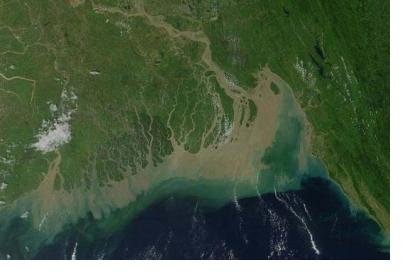Tracking flux or discharge of water is not easy as it breezes through rivers globally. For a long time, hydrologists have been tracking river flows using gauging stations. Although accurate, such stations expensive to install and maintain.
The National Aeronautics and Space Administration (NASA), France’s Centre National d’Etudes Spatiales (CNES), the Canadian Space Agency and the UK Space Agency have developed the Surface Water and Ocean Topography (SWOT) satellite mission to explore, among others, a novel approach to estimating river fluxes by using remote sensing. This is aimed at tracking river fluxes using remote sensing data by use of mass-conserved flow law inversion (McFLI) technique. With the development of SWOT, which is likely to be launched in 2021, the availability of information from space will increase.
Being a new method, the research on McFLI techniques is expanding. It uses open-channel flow law for quantifying river fluxes and it interprets observations made by the SWOT mission. The SWOT mission monitors river depth, surface slope and water surface elevation simultaneously, which makes it possible to track changes in a river channel’s across-sectional area, channel shape, and water surface slope as water levels go up and down.
The McFLI approach takes into consideration rivers in space and time in a concurrent manner. The technique can estimate the discharge of water in ungauged basins that lack in situ data and it can also show the amount of water flowing through rivers at any given time.
The McFLI methodology has been used on medium to large rivers. The use of remotely sensed snapshot makes it possible to see mass conservation, while estimations of discharge can be developed by building up temporal archive snapshots.
McFLI is not intended to replace hydrologic modeling or gauge- based observations. In fact, it to achieve its full potential, integration with other models gauges is key.

